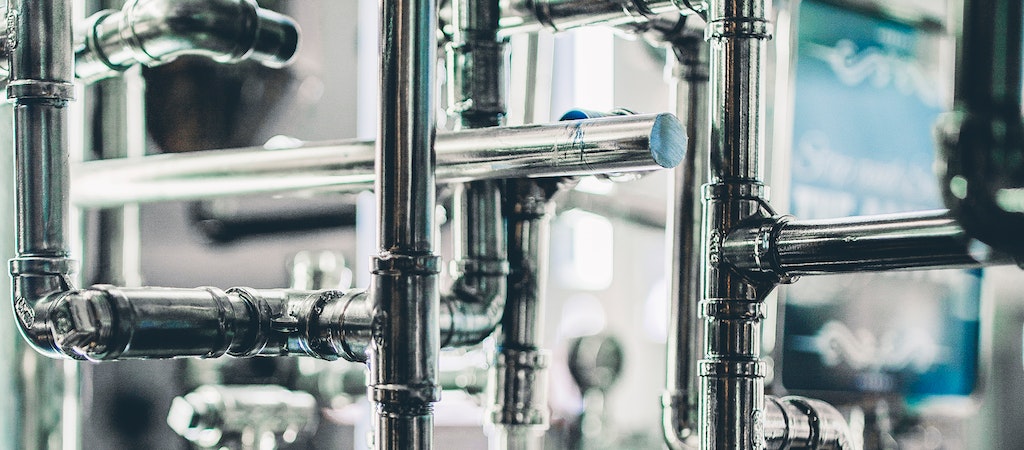
What Are the Types of Pneumatic Actuators: A Comprehensive Overview
Pneumatics, the science and technology of using compressed air to generate mechanical motion, has been a driving force behind countless industrial processes and automation systems. At the heart of pneumatic systems is a pneumatic actuator, a remarkable device that translates the energy stored in compressed air into practical mechanical work. This article explores the fascinating world of these actuators, delving into their various types, characteristics, and applications. Whether you’re a seasoned engineer, a curious technician, or intrigued by the wonders of pneumatics, this will provide valuable insights into these versatile devices and their pivotal role in modern industry.
I.Understanding These Actuators:
To comprehend the various types of actuators, it’s vital to grasp their fundamental concept. Actuators, at their core, transform compressed air energy into mechanical motion. They consist of essential components like a piston, cylinder, and valves. When compressed air is introduced into the actuator, it propels the piston, resulting in either linear or rotary motion, depending on the specific actuator type. This simple yet powerful mechanism forms the foundation for a wide range of industrial applications, driving precision and efficiency.
II. What Are The Types:
Single-Acting Actuators:
Single-acting actuators are the simplest of their kind. They use compressed air to move the piston in one direction, with a spring or external force returning it to its original position. This type is commonly used in applications requiring unidirectional motion, such as opening or closing a valve.
Double-Acting Actuators:
Double-acting actuators are more versatile and widely used. They utilize compressed air to move the piston in both directions, providing bidirectional motion control. These actuators are suitable for applications requiring precise control, such as regulating the position of a control valve.
Rotary Actuators:
Rotary actuators, as the name suggests, are designed for rotary motion. They can rotate a shaft or spindle through a specific angle. These actuators find applications in industries like manufacturing, where precise rotary motion is crucial for operations like positioning or sorting.
Diaphragm Actuators:
They operate using a flexible diaphragm instead of a piston. The diaphragm separates the compressed air from the actuator’s internal components, making them ideal for applications requiring a high level of cleanliness or where the fluid must not come into contact with the actuator.
Rack-and-Pinion Actuators:
Rack-and-pinion actuators consist of a rack and a pinion gear. Compressed air drives the rack, which, in turn, rotates the pinion gear to produce rotary motion. These actuators are known for their high torque output and are commonly used in applications like damper control in HVAC systems.
III. Applications of Actuators
It finds applications in various industries due to its reliability and versatility. Here are some key industries and use cases:
Manufacturing Industry:
They are extensively used in manufacturing automation, including material handling, sorting, and assembly line operations.
Oil and Gas Industry:
In the oil and gas sector, they control valves in pipelines and processing units, ensuring the smooth flow of fluids.
Chemical Industry:
They are crucial for regulating valves in chemical processing plants, where precision and safety are paramount.
Agricultural Sector:
In agriculture, they are used in equipment such as seeders and harvesters, contributing to efficient and productive farming.
Automotive Industry:
They are found in various automotive applications, from controlling engine components to adjusting seat positions.
Aerospace Industry:
Precision and reliability are critical in the aerospace industry, where they are used in aircraft systems, including landing gear and control surfaces.
IV. Advantages of Actuators
They offer several advantages that make them a preferred choice in many applications:
Speed and Responsiveness: They are known for their quick response times, making them suitable for tasks that require rapid motion.
Reliability: These actuators have a long service life and can withstand harsh environments, ensuring consistent performance.
Cost-Effective: Pneumatic systems are often more cost-effective than their hydraulic or electric counterparts, making them a budget-friendly choice.
Safety: Pneumatic systems are inherently safe as they do not involve high-voltage electricity or flammable fluids.
Simplicity: Their simple design and ease of maintenance make it a practical choice in various industries.
Summing it Up:
In conclusion, a pneumatic actuator plays an indispensable role in a wide array of industries, offering efficient and dependable motion control solutions. Engineers, technicians, and individuals engaged in automation and control systems must grasp the nuances of various actuator types and their applications. Whether it’s the versatility of single-acting or double-acting actuators, the precision of rotary actuators, or the reliability of diaphragm actuators, these devices stand as pivotal forces behind the machinery propelling our contemporary world. Their contributions span from enhancing manufacturing precision to enabling sophisticated robotics and facilitating the seamless functioning of countless automated systems. In essence, these are not just components; they are the dynamic catalysts that empower industries to achieve greater efficiency, accuracy, and progress.
Daily Newsletter
Subscribe to Jebiga for a dose of the best in gear, design, rides, tech and adventure.






